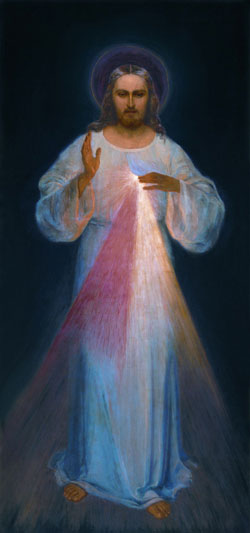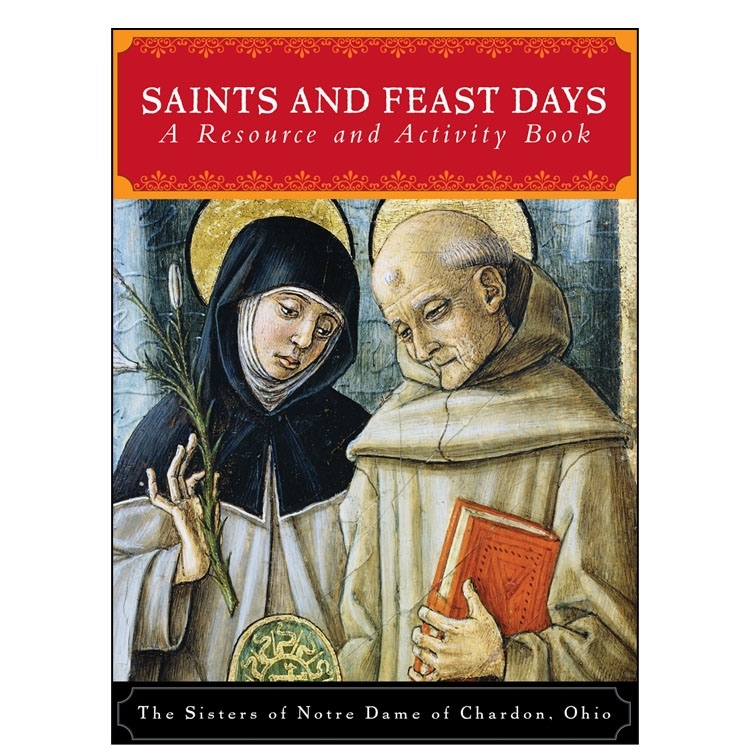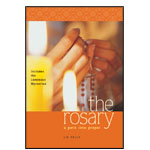Divine Mercy Sunday
Celebrating God's Merciful Love

In the Jubilee Year 2000, Pope John Paul II proclaimed that from that year forward the Second Sunday of Easter would be celebrated as Divine Mercy Sunday. This was proclaimed at the Canonization Mass of St. Faustina Kawalska, who worked throughout her life to make all aware of the merciful love of God. St. Faustina (1905–1938) was born and raised in Poland. Following a vocation to religious life, she was accepted by the Congregation of the Sisters of Our Lady of Mercy. As a member of the Congregation, she worked as a cook, gardener, and porter. In her spiritual life, her contemplation on the Mercy of God led her to develop a childlike trust in God and deep love for her neighbor.

Learn more about St. Faustina.
In her years in the convent, St. Faustina heard a call from God to make God’s mercy known to the world so that the world may more fully receive God’s healing grace. St. Faustina promoted the Chaplet of Divine Mercy which consists of the recitation of prayers to the Eternal Father with the use of the rosary for the sake of Christ’s sorrowful passion.
The Chaplet is prayed as follows:
1. Begin with the Sign of the Cross, one Our Father, one Hail Mary, and the Apostles’ Creed.
2. On the Our Father beads, recite the following:
“Eternal Father, I offer you the Body and Blood, Soul and Divinity of your dearly beloved Son, our Lord Jesus Christ, in atonement for our sins and those of the whole world.”
3. On the ten Hail Mary beads, say the following:
“For the sake of His sorrowful Passion, have mercy on us and on the whole world.”
4. Repeat step two and three for all five decades.
5. Conclude by reciting three times:
“Holy God, Holy Mighty One, Holy Immortal One, have mercy on us and on the whole world.”

Read more about the Chaplet of Divine Mercy and the Rosary.
When celebrating Divine Mercy Sunday, the faithful are called to reflect more personally on the graces won through the life, death, and Resurrection of Jesus Christ. In this way their hearts may be more fully aware of the mercy of God for them personally and for the sake of the world.
Absolution
The full text of the absolution given by the priest is: “God, the Father of mercies, through the death and resurrection of his Son has reconciled the world to himself and sent the Holy Spirit among us for the forgiveness of sins; through the ministry of the Church may God give you pardon and peace, and I absolve you from your sins in the name of the Father, and of the Son, and of the Holy Spirit.” Included in this text are several important messages:
Forgiveness comes from the mercy of God.Reconciliation takes place through the death and resurrection of Jesus.- The presence of the Holy Spirit among us is a sign of God’s forgiveness.
- The Church plays a role in the extension of God’s forgiveness to us.
- The priest acts as judge of the person’s sincerity in seeking forgiveness.
- Forgiveness is granted in the name of the three persons of the Trinity.

